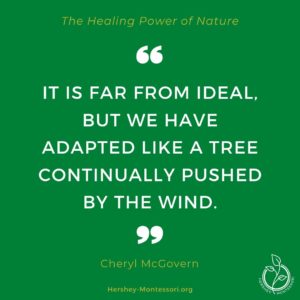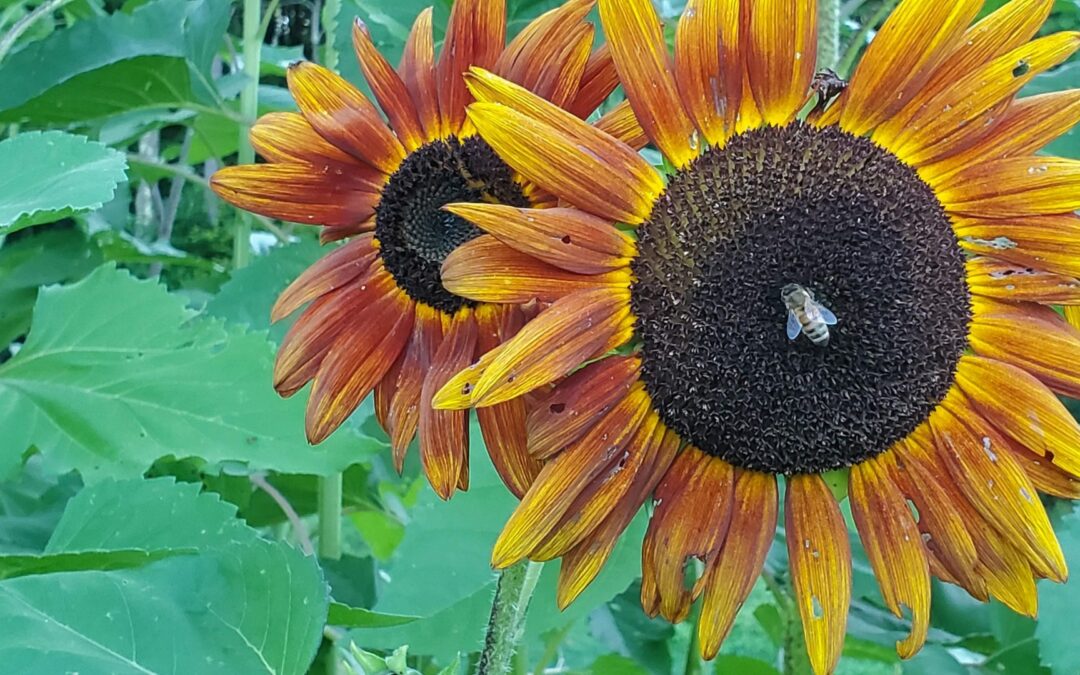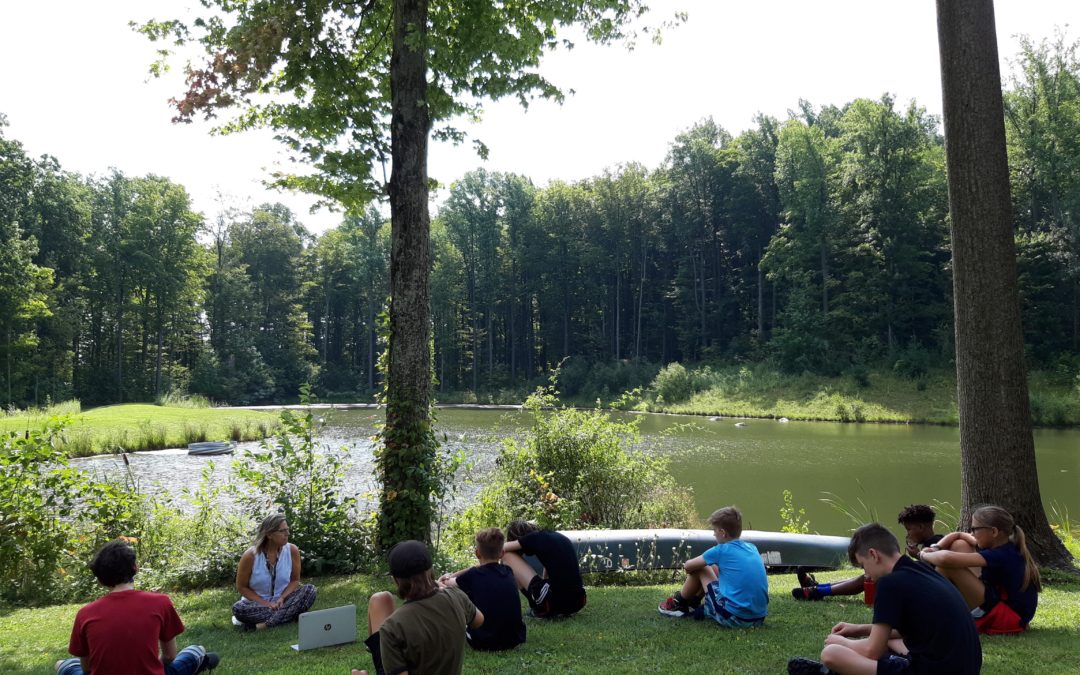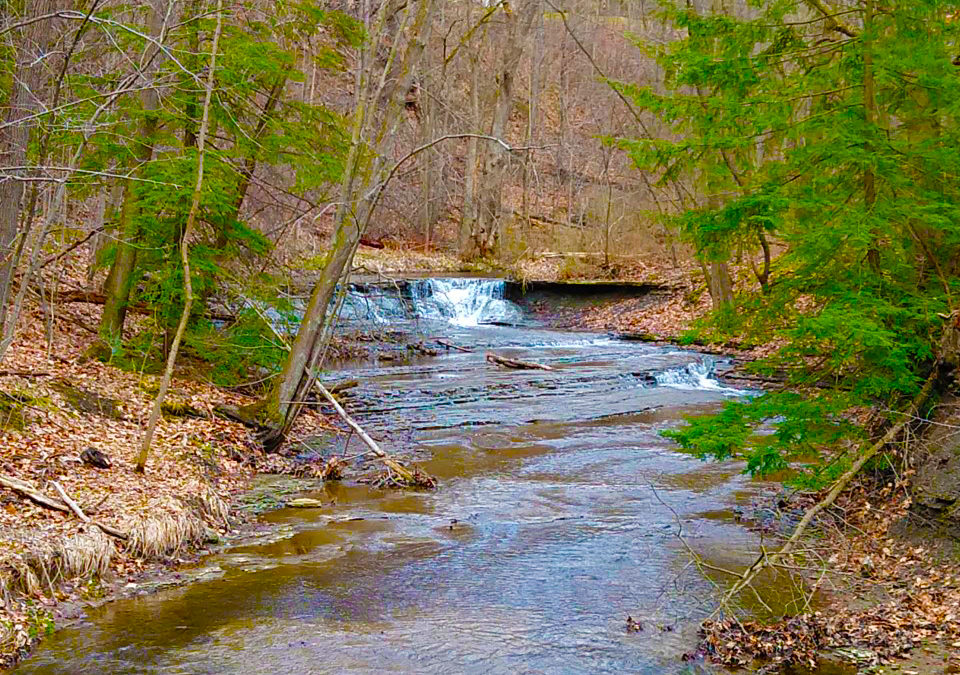By Cheryl McGovern, Outdoor and Physical Education Coordinator
We’ve heard about the studies that show us that our brain on nature is its best self and now with so many places unavailable to us, so many are heading to natural areas as a safe refuge to walk with their families. It is my hope that they are experiencing what so many have put to pen over the whole of human experience, that of the healing power of nature.
“Nature itself is the best physician.” Hippocrates
“I go to nature to be soothed, healed and have my senses put in order.” John Burroughs
“Look deep into nature, and then you will understand everything better.” Albert Einstein
“Climb the mountains and get their good tidings. Nature’s peace will flow into you as sunshine flows into trees. The winds will blow their own freshness into you, and the storms their energy, while cares will drop away from you like the leaves of Autumn.” John Muir
“Nature has the power to heal because it is where we are from, it is where we belong and it belongs to us as an essential part of our health and our survival.” Nooshin Razani, Director, Center for Nature and Health at University of California
There must be provision for the child to have contact with nature; to understand and appreciate the order, the harmony and the beauty in nature.” Maria Montessori
“When children come into contact with nature, they reveal their strength.” Maria Montessori
“It is also necessary for the psychical life to place the soul of the child in contact with creation, in order that he may lay up for himself treasure from the directly educating forces of living nature.” Maria Montessori
My own solace that very first week of school closing was a local park. They were not yet crowded at that point. Having a quiet trail to ourselves, I soon felt such relieve and normalcy. The things of the woods had not changed. The stream was still flowing, a small waterfall rolling, the trees standing, the trails hills and valleys proved good for the legs, the heart and the soul. There is something foundational and solid about being in nature, which I find ironic as by its very nature, nature is in a constant state of change. However, it must be the patterns that follow a path that give me this feeling of stability. You can see the change and the patterns each day just outside your window. As spring has begun, taking a close look at any one plant each day will show you the change in growth, the flower buds open into flowers, the flowers in turn becoming seed. I’ve also noticed the habits of the local wildlife as I sit and work near a window. I observe the pair of house finch that visit the same bush at the same time each day, the robin that sings in the tree closest to the house that wakes me each morning, a Carolina Wren who sits and sings on my back deck rail each afternoon just before dinner. Again, that pattern that nature follows without instruction, without interruption as spring flows to summer, summer to fall, fall to winter, and winter to another year. Perhaps it is this forward motion that brings such ease, a reminder that our present day is just that and it, too, will transform as time progresses. I like to do as William Wordsworth wrote and “come forth into the light of things. Let nature be your teacher.” I, again, have learned so much during one walk in the woods.
Nature is resilient. We are resilient. A tree subjected to storms makes adaptations to survive and within a forest community is both buffered, and a buffer, for the trees around it. I see this as the work of the guides and students has continued so beautifully, taking on a new look yet moving forward. I recognize it in the parents, managing work and home all at once! I see the creativity that has been sparked in the way we communicate and continue in our work. It is far from ideal, but we have adapted like a tree continually pushed by the wind. New, stronger roots and connections and growth – different, and yet again still moving forward – resilient.
 Studies have shown that even looking out a window onto a natural area reduces stress hormones, however I think full immersion is the best! Take time to breathe and move outdoors. And while you may be tired of your own home and yard at this point, try looking in a different way. Nature up close is amazing! Use a macro lens on your camera to catch some up close action, peer through a magnifying glass and be amazed. In fact, just look up close through a leaf on a sunny day and tell me that’s not a stunning view. Get down on your hands and knees or lay on a blanket and just study, really study, the small patch of yard in front of you. What about sounds? We often tune out the sounds around us so try sitting quietly, with eyes closed, focusing on sound. I am blessed to have time alone outdoors at the campus going to and from the chicken barn or other errands and often hear, when the ground is wet, the water being drawn into the soil. Who knew! Another idea is to let nature be your inspiration for creative expression, a painting, sketch, story or poem. Perhaps your own nature quote will be added to the expansive list!
Studies have shown that even looking out a window onto a natural area reduces stress hormones, however I think full immersion is the best! Take time to breathe and move outdoors. And while you may be tired of your own home and yard at this point, try looking in a different way. Nature up close is amazing! Use a macro lens on your camera to catch some up close action, peer through a magnifying glass and be amazed. In fact, just look up close through a leaf on a sunny day and tell me that’s not a stunning view. Get down on your hands and knees or lay on a blanket and just study, really study, the small patch of yard in front of you. What about sounds? We often tune out the sounds around us so try sitting quietly, with eyes closed, focusing on sound. I am blessed to have time alone outdoors at the campus going to and from the chicken barn or other errands and often hear, when the ground is wet, the water being drawn into the soil. Who knew! Another idea is to let nature be your inspiration for creative expression, a painting, sketch, story or poem. Perhaps your own nature quote will be added to the expansive list!
About the Author: Cheryl McGovern is in her ninth year at Hershey Montessori School as the Outdoor and Physical Education Coordinator. Her favorite part of her work is sharing her love of nature with the Concord students on their beautiful school campus. She is continually being encouraged and inspired by the natural curiosity of her students. Prior to coming to Hershey, Cheryl worked for more than 20 years at Lake Metroparks. When not on campus, Cheryl is likely to be found wandering trails with her husband and her son, who is a 7th year student at Hershey Montessori School.






